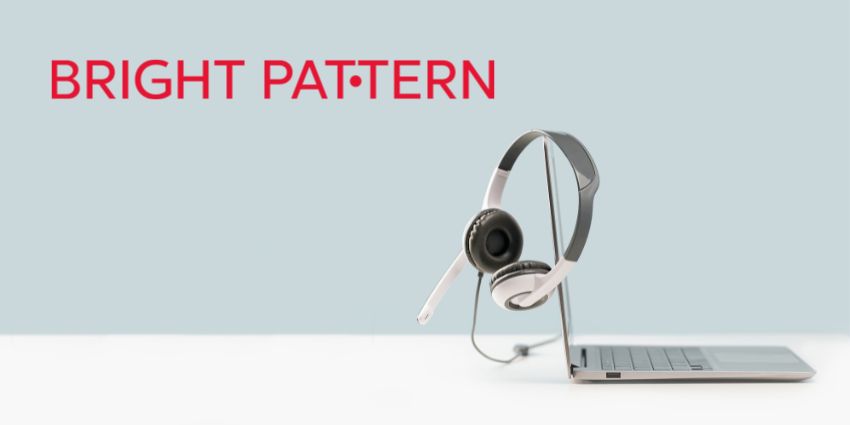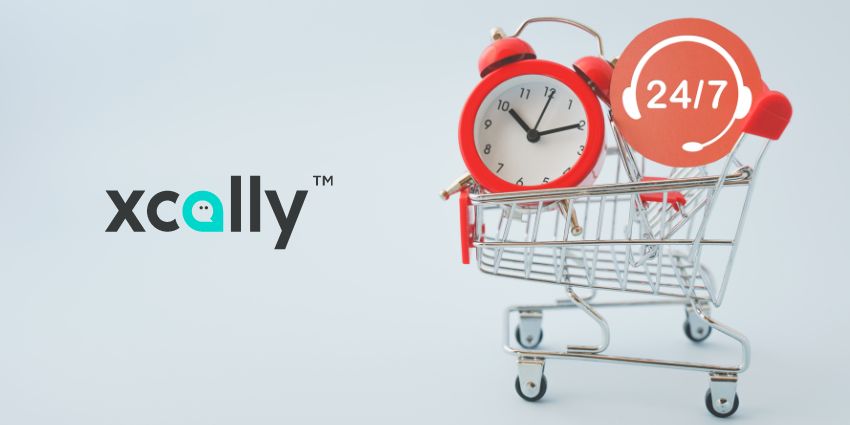Can you say for certain that your remote employees are as effective as in-office agents? One study on remote work revealed that over 20% of businesses are concerned that at-home agents will suffer with poor productivity. It makes sense that this could be a problem, as home agents have various distractions to get in their way, like pets, household tasks, and kids.
However, as many companies discovered during the 2020 pandemic, a work from home workforce doesn’t necessarily mean inefficiency. Remote teams can be up to 35% more productive than their counterparts too, benefiting from better work/life balance and job satisfaction.
The key to ensuring that your team is benefiting from a remote landscape, is measuring the right metrics, and collecting valuable information. So, which metrics do you need to track?
Average Abandonment Rate
You know you want to deliver incredible customer service, but it’s hard to do that if your customers aren’t sticking around for long enough for your agents to help them. If your team members are too overwhelmed in the office or trying to deal with too many calls at once, then it may be taking too long for them to get back to the customers they have on hold.
Checking your average abandonment rate won’t tell you much about the individual needs and skills of each agent, but it will tell you plenty about agent productivity. If the call abandonment rate is too high in your business, then you might need to look into why this is.
Are you routing calls effectively? How do you make it easy for your agents to jump from one call to the next as quickly as possible? Do you have a CRM system integrated into your contact centre so that your agents can access information about a customer immediately?
Average Queue Time
This is a similar metric to call abandonment because it also highlights how long your customers are generally waiting around in a queue. Average queue time shows you how much time your customers need to spend in your queue before they can actually speak to an agent that’s capable of helping them.
If your customers are waiting in line for too long, then there are various steps you can take to eliminate the problem. Use IVR and virtual agent systems to help customers answer their own questions while they wait. Consider using a call-back feature so you can reach clients when an agent is available. Alternatively, just invest in more agents to thin out the queue.
Average Handling Time
Handling time has been an important metric in the contact centre and customer engagement landscape for quite some time now. This is the average time it takes for the agent to solve a problem or disconnect the call after they answer the phone.
Average handling time can be a tricky metric to measure correctly. If the agent spends too long to deal with a query, the problem could be that they’re struggling with requests from customers that they don’t fully understand. If the average handling time is too short for the agent, this could mean that they’re not offering the right assistance, so your customers are just giving up. The key to success is comparing the “average handle time” to the general satisfaction rate of your customers.
First Call Resolution
Dealing with a problem quickly when your customers call your agents is great. It means that they can move onto the next customer as fast as possible. However, a quick response and handling time doesn’t mean much if the agent didn’t actually solve the problem. If your clients are having to call you back time and time again about the same issue, their satisfaction will dwindle.
First call resolution is a crucial metric for measuring not just the efficiency of your agent, but how effective they are too. If your customers usually have to call back multiple times, this may indicate that your agents need more assistance in solving problems. Can you provide extra training, or use virtual assistants to give agents more access to valuable information straight away?
Customer Satisfaction Score
Otherwise known as “CSAT” customer satisfaction score is generally the most important metric for any customer engagement company right now. The CSAT score examines how satisfied customers feel with the service that you provide. It’s measured by a question that asks customers to rate their satisfaction on a scale of one to five.
With CSAT, you can get an average insight into how satisfied your customers are with your company in general. The higher your satisfaction score is, the more likely it is that your brand will continue to grow and profit. More importantly, a good CSAT rate also translates to higher customer retention rates too.
Net Promoter Score
Net Promoter Score is an interesting metric that’s often related to the CSAT score. This is a measure of your customer’s willingness to promote your service or product to other people based on the kind of assistance that they can get from you. Net Promoter Score is something you can measure through the results of customer surveys which ask people to rate how likely it is that they would recommend a product or brand to someone else.
Responses are grouped into “brand promotors” neutral parties, and people who wouldn’t necessarily recommend your service too anyone. The better your NPS, the more likely it is that you’re delivering excellent results.
Employee Turnover Rate
Remember, it’s not just the satisfaction of your customers that you need to measure when you’re determining the success of a remote working team. You also need to check how happy your employees are too. Satisfied team members are more productive, engaged, and more committed to the brand. One of the easiest ways to measure satisfaction is to check your employee turnover rate.
If your turnover rate is going up, then this could be a sign that you’re not providing enough assistance to your remote employees or giving them enough chances to connect with the rest of the time. Exit interviews with people who leave may help you to understand turnover.







